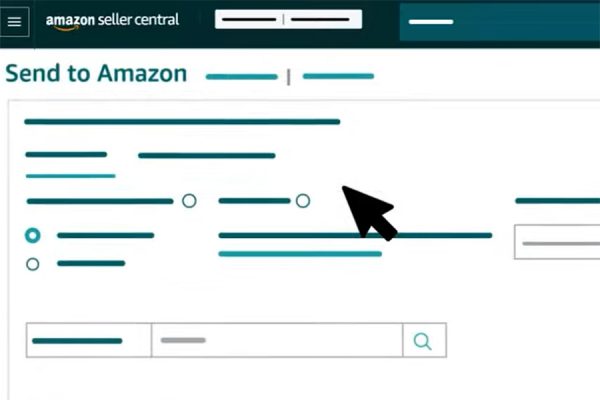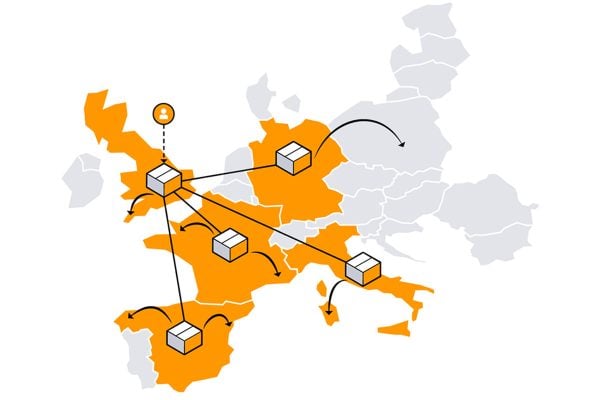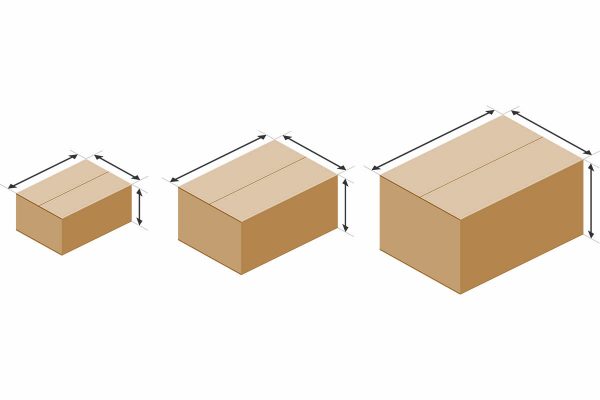Glenn is one of Tamebay’s regular commenters and has been contributing to the site for many years. Today he looks at Amazon FBA and the best policy for stock which will incur Amazon FBA “Long Term Storage Fees”.
The problem – slow moving stock
Most sellers will at some time find themselves facing a decision about what to do with slow selling stock. High Street retailers seem to be constantly running sales, with some almost running back to back in order to clear last season’s stock, keeping up with the competition or simply trying to achieve cash flow in difficult times.
The problems of slow moving stock are somewhat different for Internet traders and those problems vary depending on which sales channel and fulfillment method you are using. Storage and maintaining cash flow (the death of most SMEs) are serious problems and you can’t just hope things will get better by themselves.
I hate selling stock at below cost, but sometimes you just have to bite the bullet and clear that shelf for new stock.
A single product listing on eBay costs the same as a listing with numerous variations and high quantities of stock. Provided you sell at least 1 or more regularly then listing fees shouldn’t be an issue. However regularly selling one or two variations of a product might justify listing fees but you still have the problem about how to clear the unpopular variations. (XXXL – Purple)
Different prices can be attributed to different variations and you could offer (XXXL – Purple) at a significantly reduced price, whilst relying on the popular variations to make your profit. I have never been keen on this strategy because it opens you to speculation and questions from buyers.
Applying the strategy to Amazon
Ending items and selling the same products for sale at a car boot is one option for eBay and Amazon (Merchant fulfilled) listed products, but is not an option for Amazon (FBA) products.
With Amazon (FBA) products you risk ‘Long Term Storage Fees’ if your products have been at a fulfillment center over 12 months at the next assessment (August 2012).
This is my current problem – I have a significant amount of stock held in various fulfillment centers which will incur ‘Long Term Storage Fees’ because they have already been held for over 12 months. In August 2012 I will be paying ‘Long Term Storage Fees’ unless I can clear them in the next few months.
If I can’t sell them on Amazon (FBA) prior to the next accounting period then I am faced with three options
- Lower the price and keep lowering the price until they sell. (If they do)
- Request the products are sent back to me and pay Amazons fees for doing so
- Request the products are destroyed by Amazon (at a Fee)
Option 1 is my preferred choice simply because requesting stock back incurs removal and postage fees, and I take the view that if the products won’t sell on Amazon at a reduced price then they probably won’t sell for any more on eBay.
Option 3 however is a valid option because there comes a point in price reduction that the profit is so minimal as to be not worth the effort. As a seller currently below the VAT threshold I don’t really want to add to my accumulative turnover for a tiny profit. If I am going to make a loss then that loss can be offset against tax.
Is Amazon (FBA) worth it?
Well to be perfectly honest there are so many variables that there is no definitive answer. When I started selling FBA many of my popular items flew off the shelves and I was full of enthusiasm for Amazon, but as I approach the Long Term Storage Fees assessment I am a bit more reserved.
If you get the right product at the right price then of course you can make a profit, but overstock on the wrong product at the wrong price and you could make a loss.
Winning as a buyer on Amazon
There is an upside to my tale for buyers. There are many sellers like myself reducing the price of many products as August 2012 approaches and month by month I am dropping prices. So any buyer finding that the product they have been looking for is being sold at a lower price than they expected should take a look at the other products sold by the same seller because they may have reduced the price on a range of products.
In July 2012 it is highly probably that there will be many bargains on Amazon as sellers attempt to beat the Long Term Storage Fees assessment and offer products at significantly reduced prices.
July may well become the new ‘January sales’ for Amazon.









7 Responses
does anyone know what happens to this “destroyed” stock? my betting is that Amazon sell it on rather than sending it to landfill
Why not sell on eBay and use FBA to dispatch to customer? If I’m right it should be possible?
Regards,
Maciej
Yes it is possible but not financially viable. Think of the fees:
1. Amazon storage fee
2. Amazon selling fee
3. eBay listing fee
4. eBay final value fee
5. PayPal transaction fee
6. PayPal percentage fee
I think Amazon have missed a trick with long term storage fees.
Like you I have been sucked in by FbA. This only makes me look at whether it’s actually viable overall and more importantly makes me aware of how many products don’t sell. That will cost Amazon more than the money they’ll make from the storage fees in the long term in my opinion.
Its about time that Sellers make XXXL items cheaper. Speaking as somebody with a 52inch chest and weighs 23 stone any help would be gratefully received. My trouble is that most Clothes shops do not stock anything in my size and whenever I go online looking in my size invariably I have a choice of 1 item and it is usually totally horrible.
Looking at the videos of the Amazon fulfilment centres they are designed to make every item highly accessible for same day dispatch.(if they have many copies of the same item in stock then they would not need to keep them all highly accessible).
The cost per unit area will be substantially higher than for less accessible storage, but the cost of obtaining the item will be a lot less.
Having items blocking shelf space for a long period of time will reduce the efficiency of their system (as the pickers have to walk past more items to reach the item they want) so they use the increased fees to discourage this.
——
Would sellers be interested if they gave the option of having cheaper storage, but higher picking costs (aimed at items which are less popular)?
I would expect most sellers running their own warehouse to do this, have the more popular items easy to pick, with the less demanded items stacked towards the back.
My local IKEA store had items available for direct picking, as well as items that were stored in large automated stacker units that staff assistance was required. The increased staff costs was obviously offset by the reduced costs of storage. They have now opened a separate collections building taking this even further.